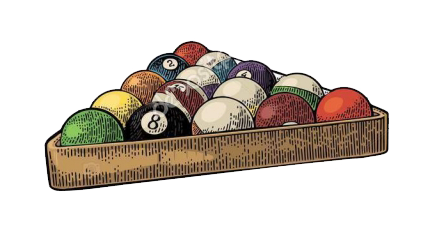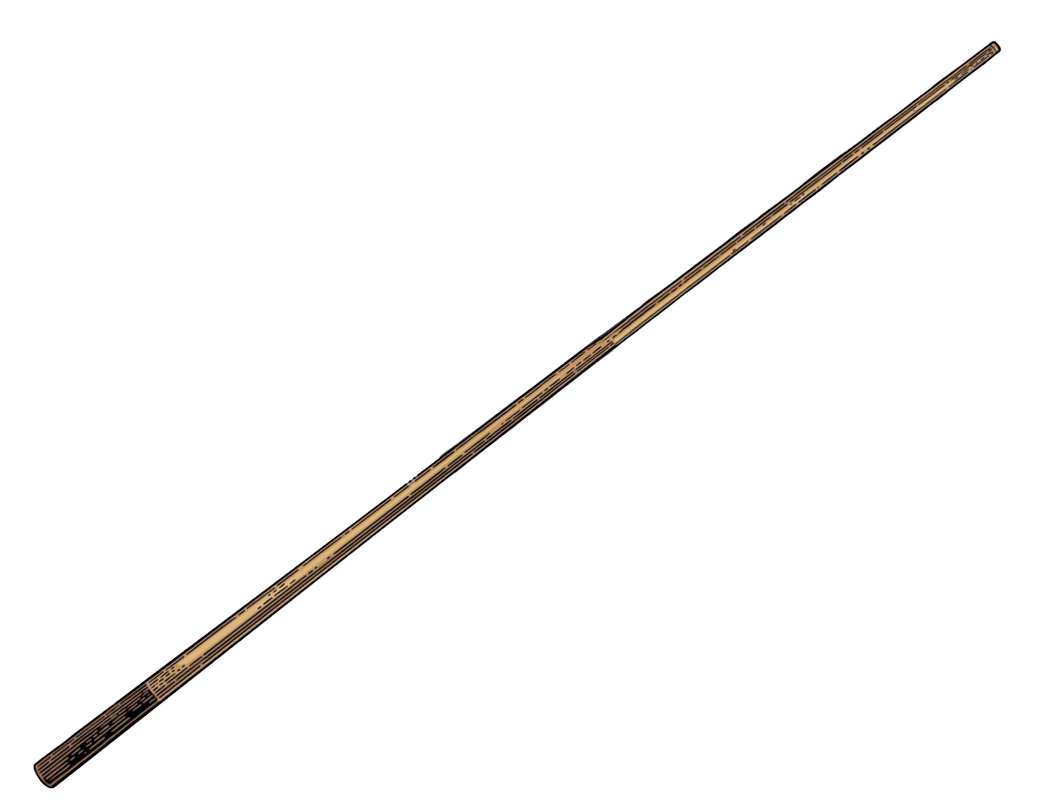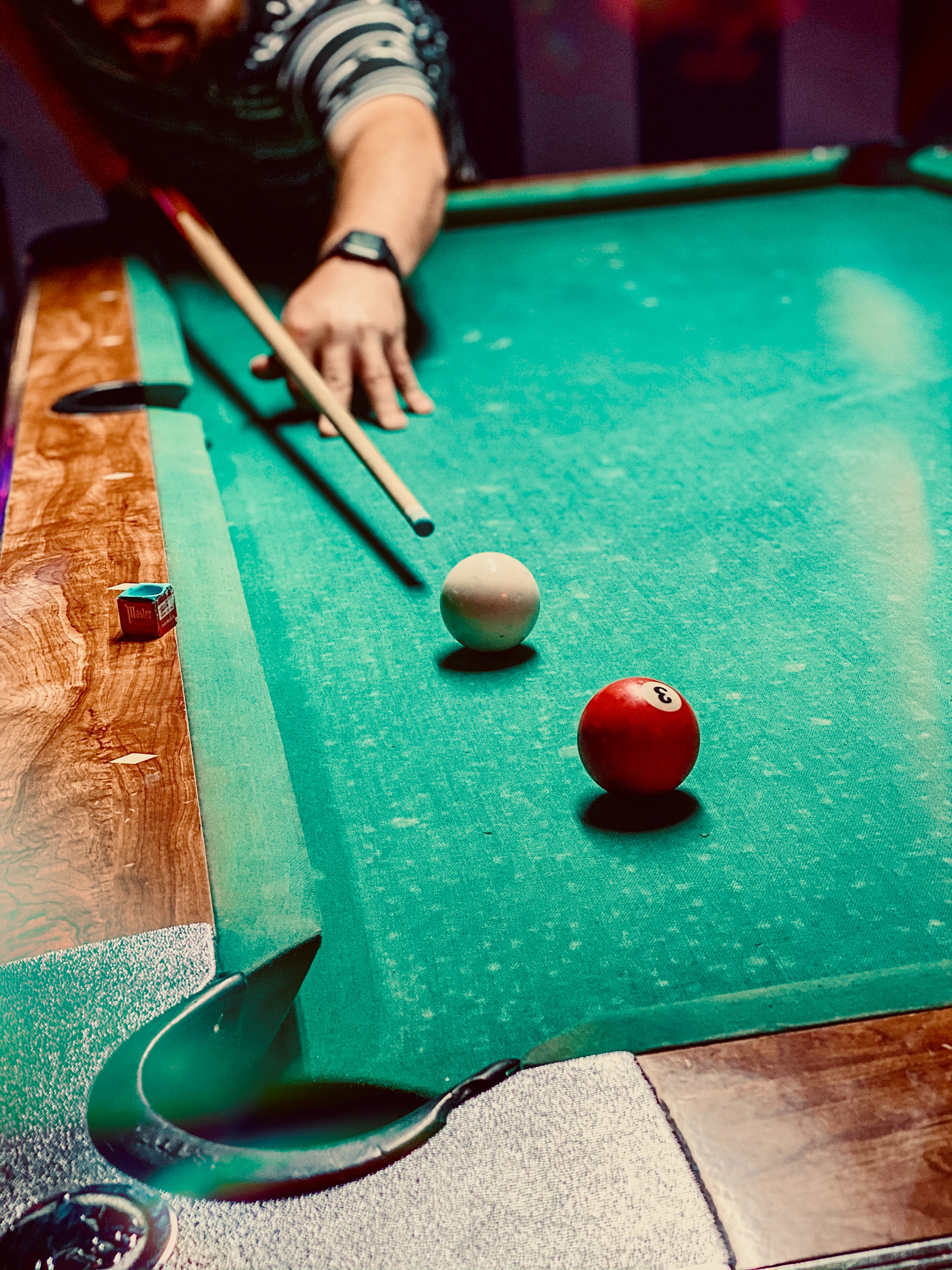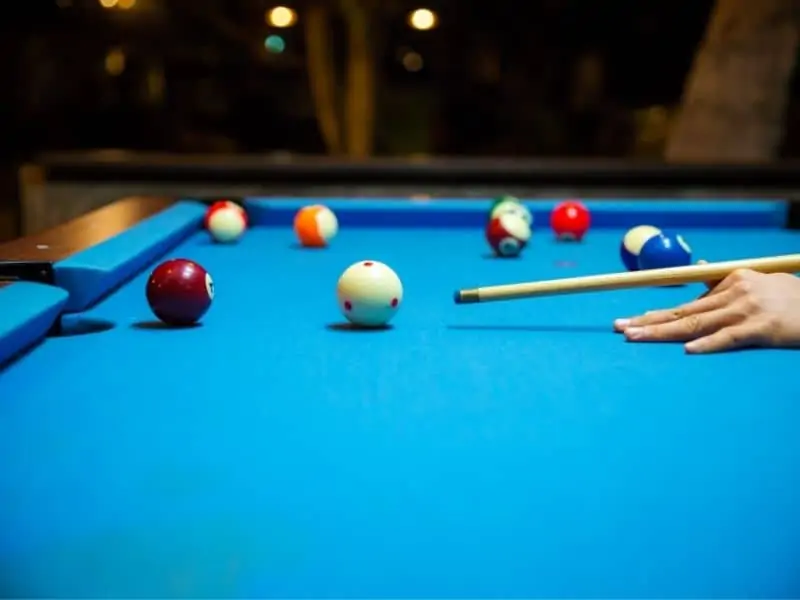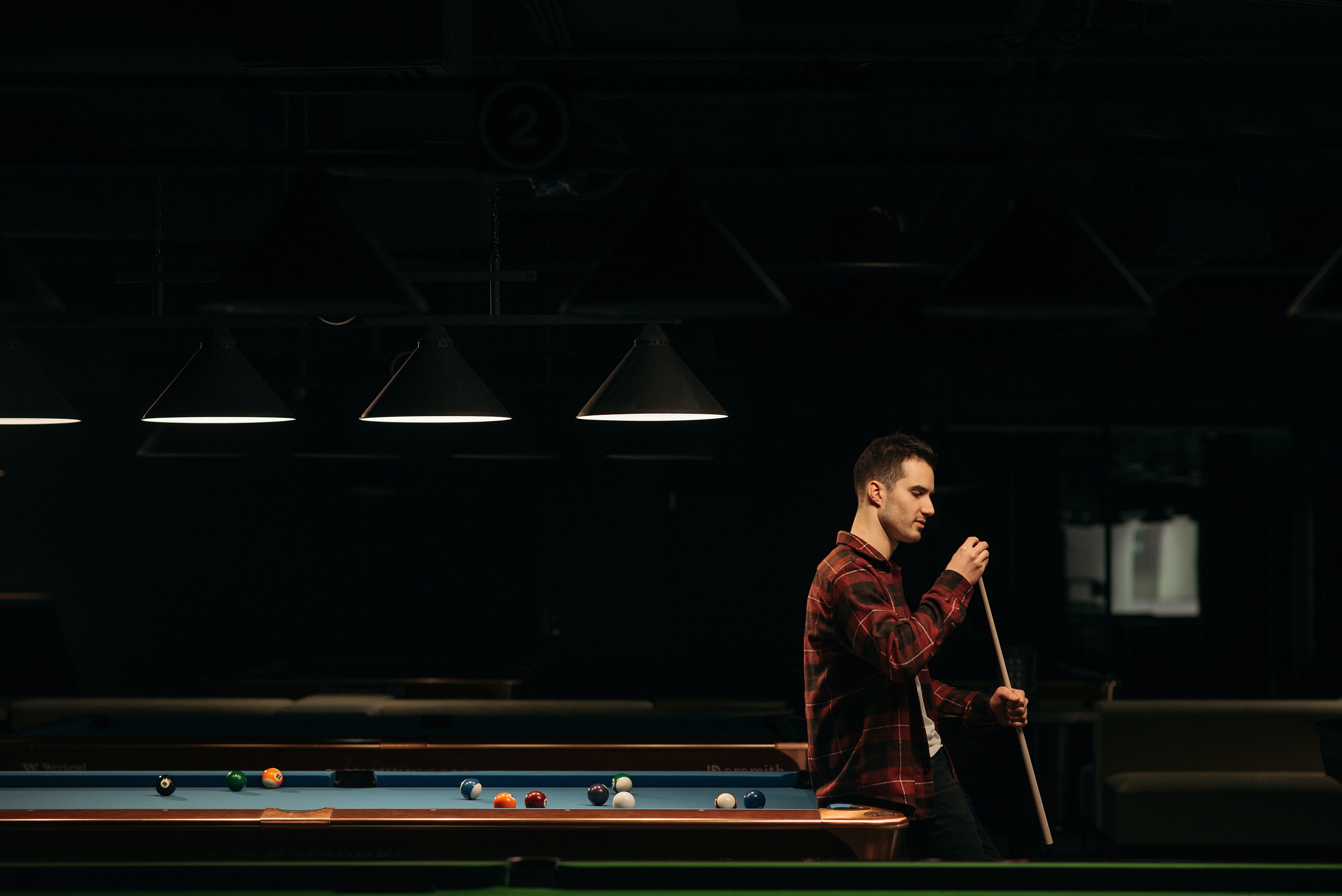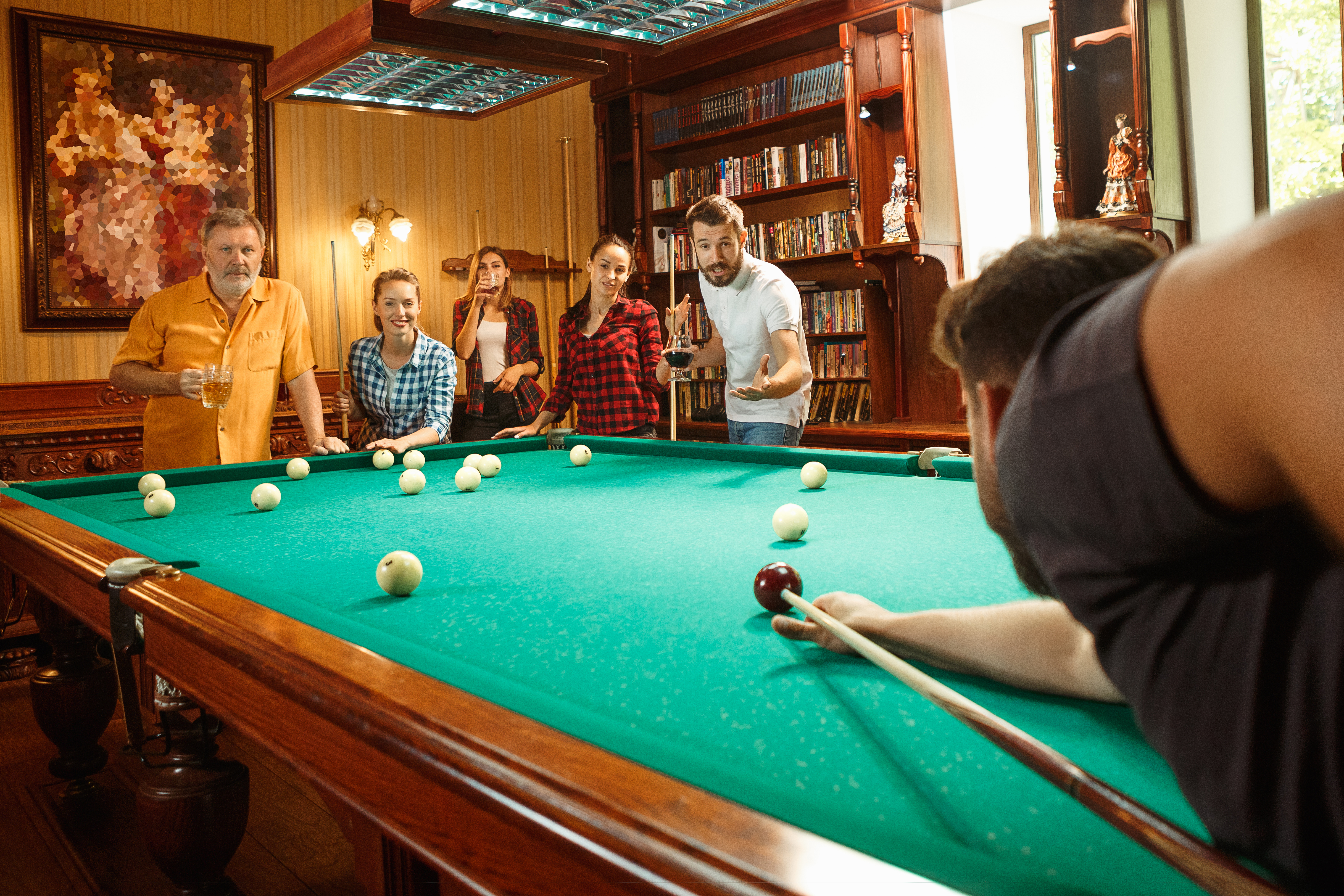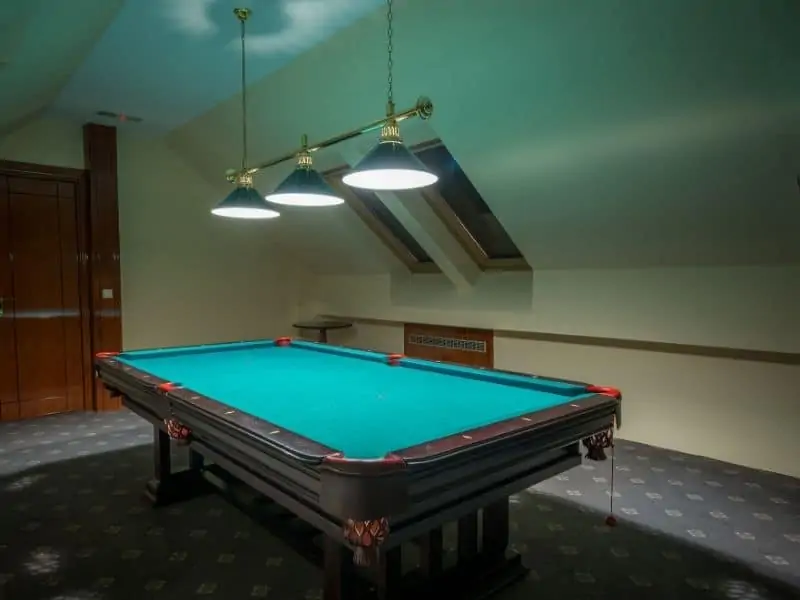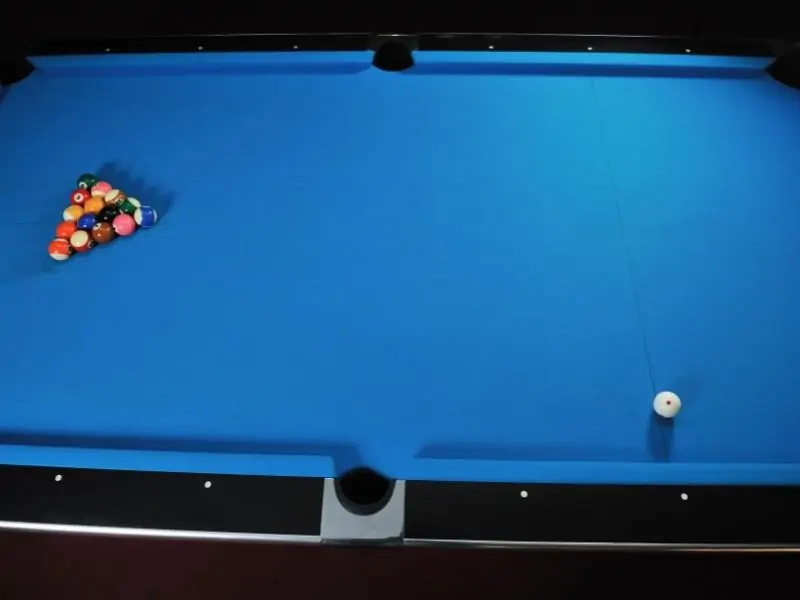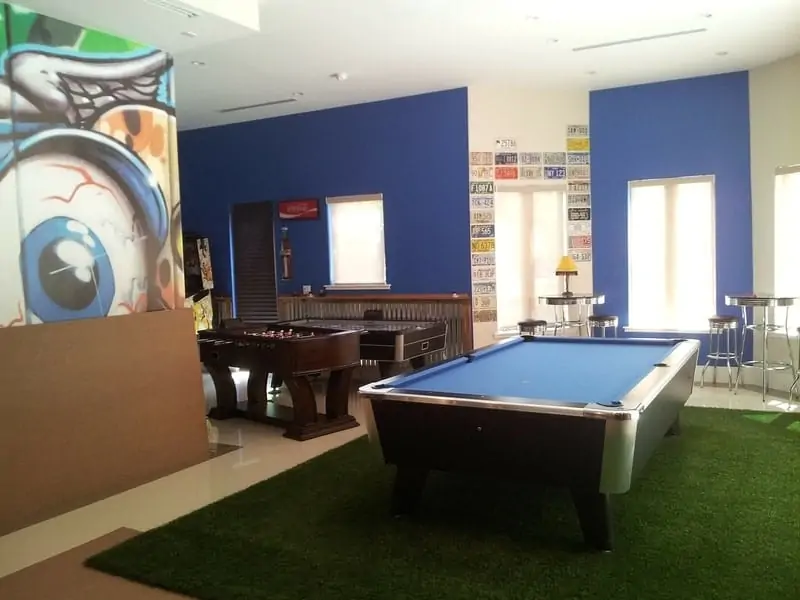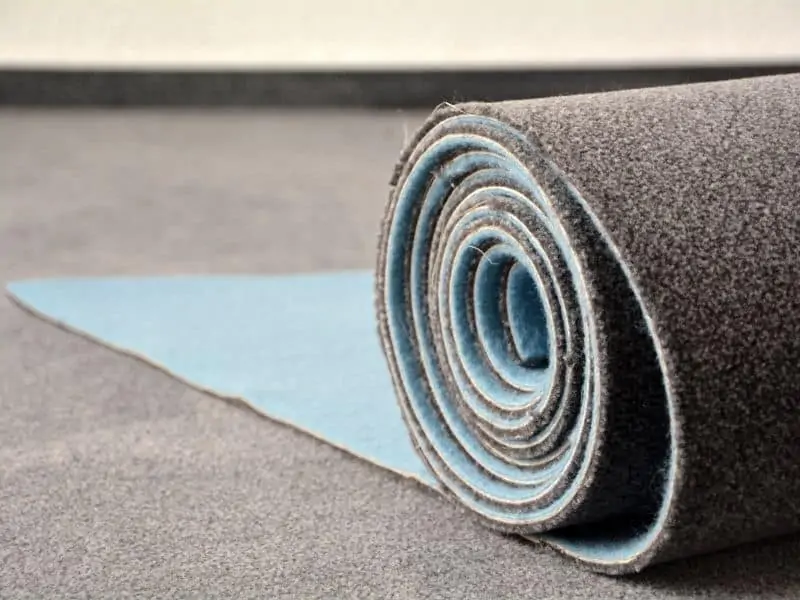One of the fun things about playing pool with your friends or acquaintances at the local pool hall or bar is the variation in rules. Many areas have different rules for the game of pool. In fact, the rules often change depending on who you’re playing with. While this can make things interesting, it can also be a point of contention when two players aren’t on the same page. This is why, in this article, I’ll answer the question: What happens if you scratch on the 8-ball?
If you scratch while shooting the 8-ball, but the 8-ball doesn’t go into a pocket (or off the table), then the game is still on. The opposing player gets ball in hand. However, if you scratch on the 8-ball, and the 8-ball goes into the pocket (or off the table), then the opposing player wins the game.
But, there are many different variables that can happen in the course of play concerning scratching on the 8-ball. The above explanation is all about a legal 8-ball shot, meaning that all your other balls have been pocketed and you’re actually aiming for the 8-ball. But what if you hit the 8-ball and accident and then scratch? Read on to find out all the rules concerning scratching on the 8-ball.
Important Terminology
Some of the terminology in this article may not be familiar to some players. So, just for quick reference, here are some common pool terms and their meanings.
Ball In Hand
When a player receives “ball in hand” he or she can place the cue ball anywhere on the table.
Potting, Sinking, Pocketing
Potting, sinking, and pocketing all mean the same thing. They are just different ways of saying that a ball went into a pocket.
Behind the Head String
The head string is defined by the second set of diamonds or sights at the head of the table. The sights create an imaginary line across the width of the table called the head string. This is the side of the table you shoot from when you break. Behind the head string is sometimes called “the kitchen” or “in the kitchen.”
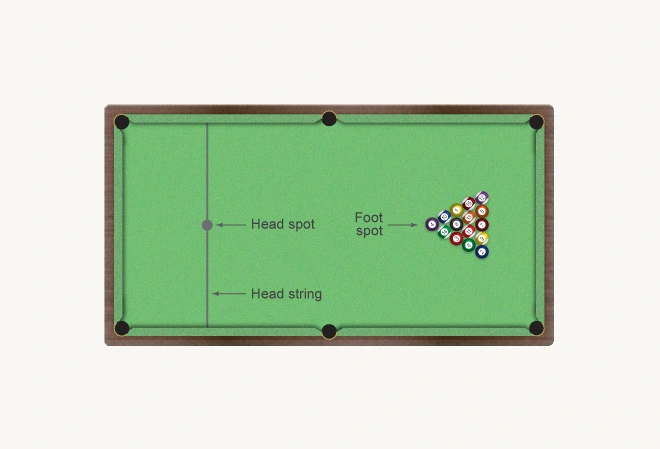
Foot Spot
The foot spot is the little dot upon which the apex of the racked is placed. This is how you know where to rack the table, and where to place balls when they’re returned to the table as a result of a foul.
Now that we’ve covered those, let’s talk about what scratching on the 8-ball means with the different rules.
Pocketing the 8-Ball and Scratching
In every official rule book— and nearly all unofficial rule books— pocketing the 8-ball and scratching in the same shot means the opposing player wins the game. This is almost universally accepted in the game of 8-ball, but it’s always best to confirm the rules if you’re playing in a casual setting. The only exception to this is on the break shot, but only in certain rulebooks.
Pocketing the 8-Ball and Scratching on a Break Shot
According to the World Pool-Billiard Association (WPA), pocketing the 8-ball and scratching on the break does not result in an automatic loss. The WPA rulebook states that, in the unlikely event that this happens, the opposing player has a couple of options:
- The opposing player can request a re-rack.
- The opposing player can re-spot the 8-ball at the foot spot and shoot with ball in hand from behind the head string.
However, the US Professional Pool Players Association (UPA) says something different about this. According to their rulebook, it’s an automatic loss when the 8-ball is pocketed on the break and any other foul occurs. This includes scratching.
Bar rules vary on this, but most of them state that it’s an automatic loss to pocket the 8-ball and the cue ball on the same shot, no matter if it’s on the break or not.
Sinking the Cue Ball on an 8-Ball Shot

Unless you’re a maverick or haven’t played much pool, you’ve probably potted a cue ball on an 8-ball shot. When shooting the 8-ball, most of the other balls are usually in the pockets, meaning the table is pretty clear. And a clear table means that there are no obstructions to stop the cue ball.
It can also be easy to hit on a bad angle and send the cue ball heading for a pocket, causing your stomach to sink as you think of the rules. This is one of the only times you should pray for the 8-ball to not go into the pocket. Because, if you scratch on a legal 8-ball shot, but the 8-ball stays in play, you’re still in the game! This is according to rules laid out by the US Professional Pool Players Association. If this happens, the opposing player gets ball in hand.
The WPA says the same thing about this particular situation. As long as the 8-ball stays in play, it’s only a foul and not a loss. However, bar rules can vary on this. Many bar rules state that scratching on an 8-ball shot is an automatic loss. So this is another one you want to get clear on before you start the game.
Accidentally Hitting the 8-Ball Before Scratching
Sometimes, when you’re trying to hit another ball, you can hit the 8-ball before scratching. Fortunately, simply touching the 8-ball with the cue ball is not a reason to worry. As long as the 8-ball stays on the table and isn’t accidentally pocketed, it’s only a foul. The opposing player then receives ball in hand and can shoot from wherever they want on the table.
Bar rules are usually in accordance with other rulebooks on this one. However, some bar rules state that for fouls, the opposing player must shoot from behind the head string, so there is no “ball in hand,” there’s only “ball in hand behind the head string.”
The Controversial 8-Ball Miss Scratch
A scratch isn’t only when the cue ball goes into a pocket or off the table. There is such a thing as a “table scratch,” which usually defined in a couple of different ways:
- The cue ball must contact a legal object ball on a shot.
- The object ball or cue ball must also touch a rail.
For the purposes of this game, a legal object ball is one of those balls from your own set, being either solid or stripes in this case. If you don’t have any more of your set on the table, the legal object ball would be the 8-ball.
So, if you took a shot at the 8-ball because it’s your last ball on the table, but you miss the ball altogether, it’s only considered a foul under WPA and UPA rules. The other player would then receive ball in hand. The same would happen if you hit the 8-ball and failed to drive it (or the cue ball) to any rail. Of course, you don’t have to hit a railing if you pocket the 8-ball legally.
However, most bar rules are a little different on this one. Most of the time, bar rules state that if you table scratch like this on an 8-ball shot, you lose the game. Once again, if you’re unsure of the rules, discuss them with your opponent.
8-Ball Combo Shots
Under most pool league rules, it’s okay to use the 8-ball in a combination shot so long as it’s not the first ball struck and the ball doesn’t go into a pocket. So, if your group or set of balls are the solids, you could hit a solid ball, which could hit the 8-ball, which could then go on to hit another solid into a pocket.
If you scratch on a shot like this, where you’re using the 8-ball in a legal combo shot, it’s considered a standard foul. Your opposing player gets ball in hand. However, if you scratch and pot the 8-ball, you automatically lose the game. This is due to the fact that potting the 8-ball illegally is an automatic forfeit. In any instance, potting the 8-ball illegally (except on the break shot under certain rules) results in an automatic loss.
Sending Balls Off the Table
There’s a different type of scratching that we haven’t really discussed much yet. Although fairly rare, sending balls off the table does happen. And there are clear rules for these instances.
If you send the 8-ball off the table on any shot but the break, it’s just like pocketing it illegally— it results in an automatic loss. Under most rules, if the 8-ball goes off the table on the break, the opposing player can request a re-rack or they can place the 8-ball on the foot spot and shoot from behind the head string.
If you drive both the 8-ball and the cue ball off the table on a break shot, the same rules apply as if it was just the 8-ball. If you send the 8-ball off the table and the cue ball goes in a pocket, it’s just the same, and the opposing player can re-rack or keep playing with the cue ball behind the head string and the 8-ball replaced on the foot spot.
Any other balls that leave the table also result in a foul during gameplay, but they aren’t placed on the table again. Instead, they are placed in a pocket and could for whichever player they belong to.
There’s a lot of funky things that can happen during the course of a game of 8-ball, and I believe I’ve covered them all. Hopefully this article helps you settle bets with your friends or, better yet, helps you win some games!
Other Articles You May Be Interested In
- 8 Ball Scratch Rules: What Happens if the 8 Ball Goes in on the Break?
- What Is A Scratch In Pool? Rules for Scratching in Billiards
- 8-Ball Pool Rules: The Simple Version
- How to Play Pool by Yourself: 9 Pool Games You Can Play Alone
- 7 Best Pool Cues Under $200: These Cues Are Amazing!
